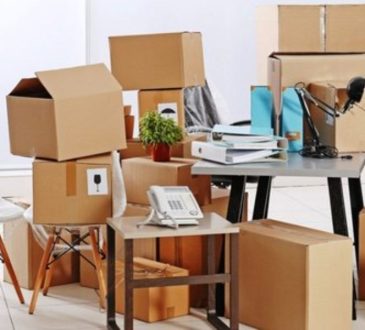
Taking the right steps to prevent water damage can be a lot more affordable than hiring a water damage restoration company to repair and restore your home and your belongings to their original condition. A flood of any size can lead to serious water damage all throughout the home.
The source of the flood could be a busted pipe or an overflowing sink and that much water can bring about wet and moldy carpeting, sagging drywall, discoloration along the walls and flooring, These problems can also lead to a hazardous environment in which you and your family are increasing your risk of getting very sick.
Dealing with water damage after it’s occurred is much tougher than avoiding these problems altogether. So, consider the following things you can do to protect your home from water-based impacts that can ruin essential components of your property and leave you paying thousands in repair costs.
Effective Drying
When anything the home gets wet, you need to dry it quickly. Whether it’s the carpet in the living room getting flooded or a puddle forming in the attic due to a leaky roof, you must eliminate the moisture that has accumulated.
The best way to dry up any moisture that has occurred is to pick up the excess liquid first. Once you’ve done that, you must then get plenty of air flow into the area where the flood has occurred. Proper air flow is the single most effective method for drying any carpet, drywall, wood, you name it.
Stop the moisture and you can stop the damage from that moisture ruining your home.
Identify the Source of Your Moisture

All too often, a flood has occurred and you weren’t even aware of it until you splish-splashed across the floor of your bedroom or bathroom. In other cases, a leak is slow and becoming worse as time passes. But whatever your discovery of water accumulating where it doesn’t belong yields, you need to quickly find where that water is coming from.
The most common places for moisture are areas like crawlspaces, walls, basements, and attics. These are locations in the home that you don’t often visit and so a leak is allowed to develop. A home may also be dealing with poor drainage, allowing for water to seep into the property.
Any home that is located in a humid climate can also be at risk for moisture damage and you should look into your ducts, crawlspaces, and attic to see if your home is showing any signs of mildew growth in these places.
Fix the Problems
Identifying the sources of the moisture means fixing these issues so you don’t continue to have water seeping into the home. A leaky pipe, a crack in the roof, these should be addressed, perhaps old caulk needs to be replaced, clogged drains cleared out. Whatever is causing the water to get in, put an end to it as soon as possible so you reduce your risk of damage in the home.




